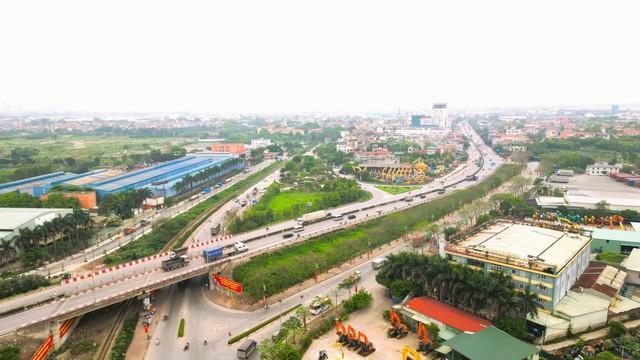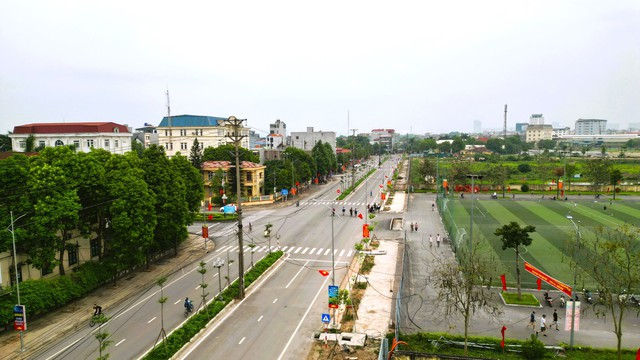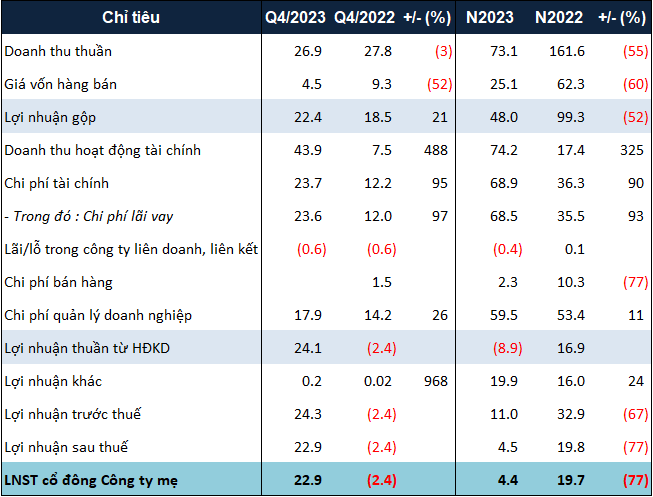Eastward Trend in Real Estate
Commenting on the market developments and the increasingly strong centrifugal wave, Ms. Nguyen Hoai An, Senior Director of CBRE Hanoi Branch, said that since the end of the first quarter of 2024, the market has recorded many projects implementing booking activities not only in the two largest cities of Hanoi but also in neighboring provinces such as Hung Yen, Hai Phong, indicating that the market in the coming time will explode both in terms of supply and absorption rate.
“The abundant new supply with relatively good locations will have the potential to attract investors’ cash flow,” emphasized Ms. An.
According to experts, the reason why the East and the “buffer zone” (the districts of Hung Yen bordering Hanoi, such as Van Lam, Van Giang) are known as a potential emerging market is because this is an area with many advantages, from location, convenient connectivity, crowded residents to the appearance of “big players” in the real estate sector.
Taking the case of market maker Vingroup as an example, after a long period of developing Vinhomes Smart City (West area), this giant has “shifted” more to the East with VinCity, a complex of three large-scale urban projects in Gia Lam (Hanoi) and Hung Yen.
Besides, Hung Yen has also witnessed the appearance of other players such as T&T Group, Ecopark, MIK Group, Hoang Vuong Group, etc. The fact that the “majors” are “flocking” to Hung Yen demonstrates the attractiveness of the real estate market here.

Another factor that cannot be ignored, which is also a growth driver for the real estate market in the land of longan, is the plan to build new bridges, expand Ring Road 4, etc., contributing to shortening the distance between the outskirts and the inner city.
It can be said that, being located in the center of the North Delta, in the Northern key economic region, bordering the capital and being the “link” with Hai Phong – a major port city in the North, Hung Yen is enjoying “favorable conditions” in many aspects: economy, culture, and society in the coming time. Especially for areas bordering Hanoi, the gateway to the provinces such as Van Lam, the opportunities are very clear.
…Van Lam benefits the most
Among Hung Yen’s districts, Van Lam – specifically, the town of Như Quynh is considered to be the district that benefits the most from the wave of mass migration to the east of Hanoi.
In terms of planning, Van Lam district strives to achieve the criteria of a Type III urban area by 2025 (the central area of the district (Nhu Quynh township) basically meets the criteria of a Type III urban area). By 2030, the district will be built into Van Lam city.

Economically, Van Lam has 8 traditional craft villages, with more than 7,700 individual businesses, creating jobs for over 15,000 workers, with an average income per capita of around $6,000, the highest in Hung Yen province and among the highest in the country.
Van Lam has also identified very clearly the goal in urban development and real estate market, which is to build and develop the district’s urban areas in a sustainable direction, shifting the economic structure towards rapidly increasing the proportion of trade and services; investing in building synchronous and modern urban infrastructure; planning and building urban areas with their own unique characteristics towards smart cities.
With its existing potential and strength, benefiting greatly from the wave of urban migration from the West to the East, the real estate market of Hung Yen in general, Van Lam in particular, is facing a great opportunity to expand, becoming an important satellite city of Hanoi in the near future.







































